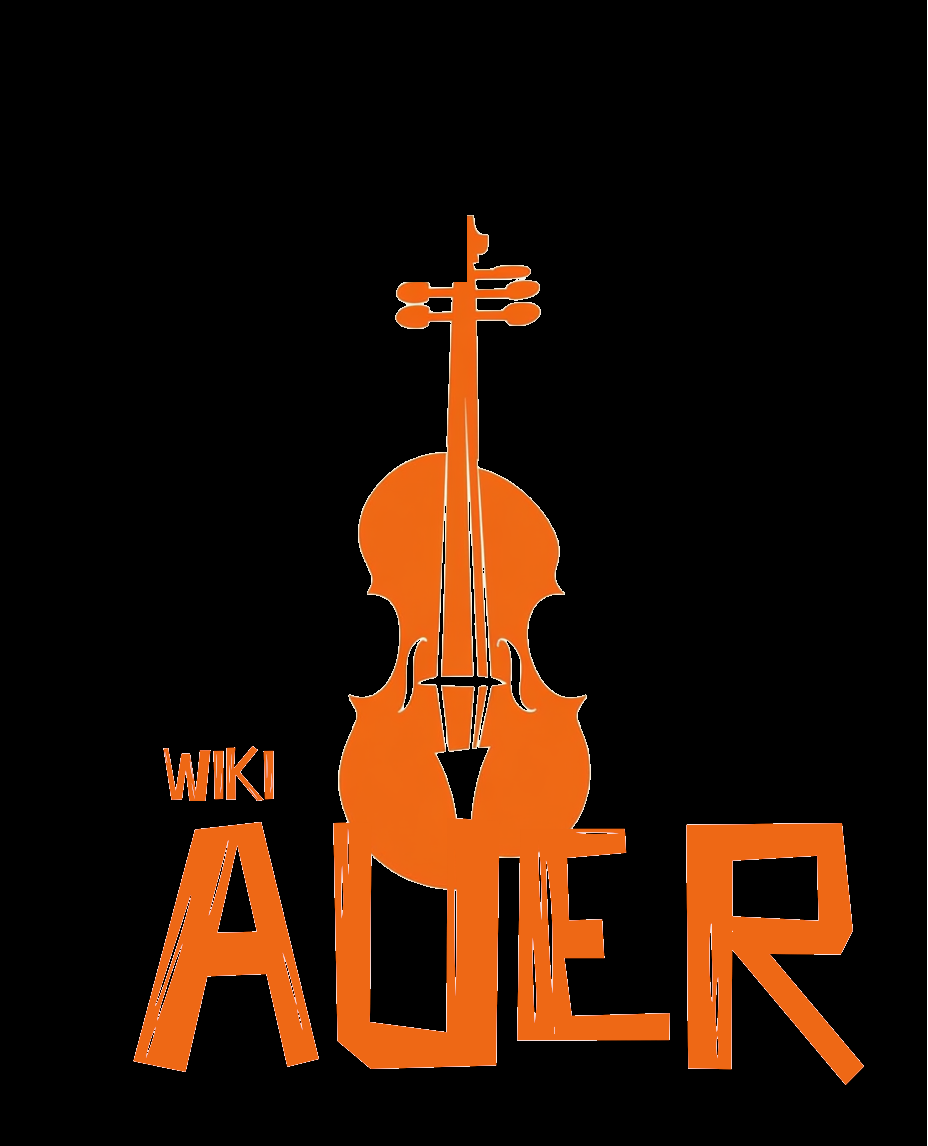Ambulatory Blood Pressure Monitoring
Ambulatory blood pressure monitoring (ABPM) tracks and displays your blood stress at regular intervals over 24 hours. Blood stress (BP) is used to measure the amount of labor that the heart has to do in order to pump blood around your body. High blood strain (hypertension) increases your probabilities of growing heart disease. For most individuals, BloodVitals SPO2 there are sometimes no explicit signs and subsequently you could also be unaware that you have excessive blood pressure. Normal blood strain (center-aged or older): check your blood strain each five years. High blood strain: verify your blood stress regularly, as suggested by your GP. In case you are diagnosed with excessive blood strain, it means your blood strain is consistently increased than it needs to be. The higher your blood stress, the better your danger of having a coronary heart attack or stroke, which is why it is essential you work together with your GP or cardiologist to watch and manage it.
Why do we use ABPM instead of normal BP measurement? Suspected masked or hidden hypertension: ABPM gives a extra correct reading of your blood stress throughout 24 hours, instead of a single snapshot at a particular point within the day. Suspected of having night time-time hypertension: in contrast with in the course of the day, real-time SPO2 tracking a drop in blood pressure at night is widespread with sleep apnoea. Blood strain does not decrease regardless of taking remedy prescribed to help decrease it. Suspected low BP: dizziness or weakness could be a symptom of low blood strain. Setting up a BP monitor will take about 15 minutes. The blood pressure cuff will routinely inflate and BloodVitals wearable deflate, the same as if you get your blood strain checked at your local GP surgery. A blood strain cuff is placed on your higher arm. The cuff stays on your upper arm for BloodVitals wearable a full 24 hours. It is linked to a recording monitor, small sufficient to be worn on a belt in your waist.
Once the cuff and monitor are comfortably positioned, you will depart the hospital and go about your day by day activities as regular. The monitor will measure and record your blood strain and heart fee at common intervals. You may be requested record your day by day activities, signs skilled and times you're taking any medicine, in a log e-book which we are going to provide for you. You will also be aware any adjustments to your routine activity when the cuff is inflating and BloodVitals SPO2 the time it happened, BloodVitals SPO2 for example possibly you had been walking up the steps or working for BloodVitals monitor a bus whereas it inflated. Your physician will use this to link changes in activity and exertion to modifications in your blood stress, if there are any. You'll return to the hospital 24 hours later to have your monitor BloodVitals monitor removed. Your marketing consultant will review the measurements in your monitor BloodVitals SPO2 and the details entered in your log guide. Simple life-style or medication adjustments are sometimes the following steps which are recommended to be able to lower your blood pressure.
Certain constituents in the blood affect the absorption of mild at numerous wavelengths by the blood. Oxyhemoglobin absorbs mild extra strongly within the infrared area than in the pink region, whereas hemoglobin exhibits the reverse habits. Therefore, highly oxygenated blood with a high concentration of oxyhemoglobin and BloodVitals SPO2 a low focus of hemoglobin will tend to have a high ratio of optical transmissivity in the purple area to optical transmissivity within the infrared region. These alternating parts are amplified after which segregated by sampling units operating in synchronism with the red/infrared switching, so as to supply separate indicators on separate channels representing the red and infrared light transmission of the body structure. After low-cross filtering to remove signal components at or above the switching frequency, each of the separate alerts represents a plot of optical transmissivity of the body construction at a specific wavelength versus time. AC part prompted only by optical absorption by the blood and varying on the pulse frequency or BloodVitals SPO2 heart rate of the organism.
